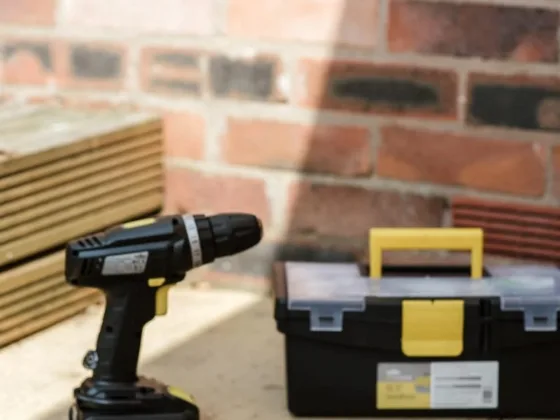Even though you know how important your roof is and what a large investment it will mean when you have to replace it, you may not spend too much time inspecting it or even remember to give it periodic maintenance.

Unfortunately, after years of being exposed to the elements, dealing with the changes of seasons and temperature, high winds and storms, or maybe even a tree branch scraping against it, it is not surprising to find out that your roof has weakened and may have undetected issues.
And when not addressed in a timely manner, what is now a small roof problem, can turn into something major that may call for the replacement of the entire roof. Read on to find out the most common roof problems and how to fix them now.
Leaks
When asked, most homeowners confess to having faced a leak from their roofs. Water tends to come into the home near chimneys, at flashing points, around gutters, or close to vents or pipes.
A tree branch may also puncture your roof during a storm. Don’t fall into the trap of thinking that the leak is precisely above where there is evidence of water.
Water tends to travel long distances, even sideways, before settling. Going into your attic and looking up may help you find the original entry point of the leak.
Missing or Broken Shingles
When the shingles that cover your roof start coming off, breaking, or curling, the cause may be simple wear and tear rodents, or the force of nature.
Age also plays a role in the condition of the roof. Replacing the damaged shingles is the way to go. However, make sure to match the new ones to the rest of the roof and, if you are not a good handyman, get a good roofer to do this for you.
Read Also:
Loose Granules
When a new roof is installed, it is expected that you will find some granules here and there. As time goes by, getting the gutters clogged with shingle granules is something to worry about.
Granules are placed on shingles to help protect them from UV rays. As the shingles lose their granules, they become more susceptible to damage from the elements and may start to crack or fall off.
Shingles that have lost their granules need to be replaced, and if you are dealing with an extensive area of missing granules, you may have to replace the whole roof.
Stagnant Water
Any time you are able to see the pooling of stagnant water on your roof, you know it’s a sign of trouble. When water finds a way to sit on top of the roof for some time, it is common to have mold or mildew start growing in that area.
When this happens, waste no time in reaching out to a roofing contractor to create tapered areas that will allow all water to run off.
Don’t Delay in Taking Action
Identifying any of the above problems in your roof requires you to immediately prevent them from becoming larger.
At cvcpdx.com, you can read more about the importance of getting into the habit of giving your roof regular maintenance. Doing so will give you the peace of mind of knowing your roof is safe.










